Structure of an Anuran community in a Mediterranean area
dc.contributor
Universitat de Barcelona. Departament de Biologia Animal
dc.contributor.author
Richter Boix, Alex
dc.date.accessioned
2011-04-12T13:19:12Z
dc.date.available
2006-04-20
dc.date.issued
2006-01-20
dc.date.submitted
2006-04-20
dc.identifier.isbn
8468988235
dc.identifier.uri
http://www.tdx.cat/TDX-0420106-083313
dc.identifier.uri
http://hdl.handle.net/10803/798
dc.description.abstract
The thesis research concerned evolutionary ecology and community ecology of amphibians in two different areas of a Mediterranean region. The goal of the research was to test how anuran species coexist along a lentic freshwater gradient from ephemeral to permanent ponds. The community structure across the gradient has been explained by different ecological models, based on different trade-offs and inherent properties of the species. To test the different models he used four-year field surveys of communities to characterise pond-breeding habitats (with respect to temporariness, predator abundance and competitor abundance) and to evaluate the dynamics and spatial structures of the metacommunity. He also designed lab experiments to quantify species traits and phenotypic plasticity (life-history, morphological and behavioural traits) in response to different circumstances found in nature: pond drying, presence of invertebrate predators and intra- and interspecific competition. Comparative analysis of phenotypic plasticity traits was made in relation to species ecological breadths (quantified from field surveys) and phylogenetic relationships. In general, species that use a wide variety of habitats or unpredictable environments showed a greater plasticity of responses than those occurring in predictable habitats. At the two extremes of the hydroperiod (ephemeral and permanent ponds) there were specialists with limited plasticity, whereas species from intermediate temporary ponds showed higher levels of plasticity. Results therefore supported the hypothesis that interspecific differences in plasticity are adaptive and are related to ecological breadth and unpredictability of habitat. The correlations among traits of the different species reflected trade-offs suggested by the models (colonisation-competition; predator-permanence gradient; and competition ability-permanence gradient), but correlation coefficients did not favour any single trade-off model over the others. These results suggest that the community studied can be interpreted as a metacommunity in which local interactions and regional processes (colonisation-extinction rates) are related, and they emphasise the importance of habitat heterogeneity for both: local and regional diversity maintenance.
dc.format.mimetype
application/pdf
dc.language.iso
eng
dc.publisher
Universitat de Barcelona
dc.rights.license
ADVERTIMENT. L'accés als continguts d'aquesta tesi doctoral i la seva utilització ha de respectar els drets de la persona autora. Pot ser utilitzada per a consulta o estudi personal, així com en activitats o materials d'investigació i docència en els termes establerts a l'art. 32 del Text Refós de la Llei de Propietat Intel·lectual (RDL 1/1996). Per altres utilitzacions es requereix l'autorització prèvia i expressa de la persona autora. En qualsevol cas, en la utilització dels seus continguts caldrà indicar de forma clara el nom i cognoms de la persona autora i el títol de la tesi doctoral. No s'autoritza la seva reproducció o altres formes d'explotació efectuades amb finalitats de lucre ni la seva comunicació pública des d'un lloc aliè al servei TDX. Tampoc s'autoritza la presentació del seu contingut en una finestra o marc aliè a TDX (framing). Aquesta reserva de drets afecta tant als continguts de la tesi com als seus resums i índexs.
dc.source
TDX (Tesis Doctorals en Xarxa)
dc.subject
Amfibis
dc.subject
Serralada Litoral Catalana
dc.subject
Massís del Garraf
dc.subject
Serra de Collserola
dc.subject
Anrus
dc.subject
Fenologia reproductiva
dc.subject.other
Ciències Experimentals i Matemàtiques
dc.title
Structure of an Anuran community in a Mediterranean area
dc.type
info:eu-repo/semantics/doctoralThesis
dc.type
info:eu-repo/semantics/publishedVersion
dc.subject.udc
59
dc.contributor.director
Llorente Cabrera, Gustavo A.
dc.rights.accessLevel
info:eu-repo/semantics/openAccess
dc.identifier.dl
B.28670-2006


